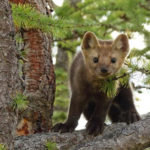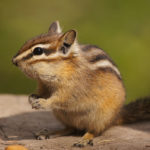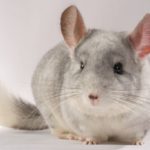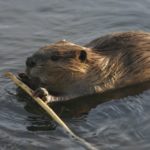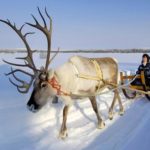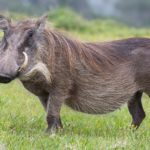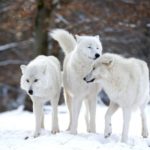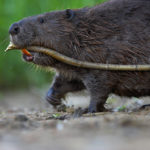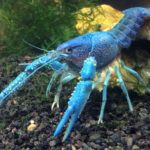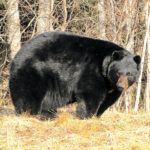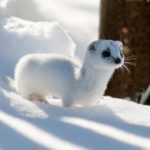15 interesting sable facts
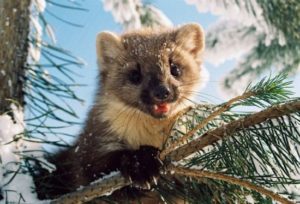 Sly and brave sables live mainly in cold climates, where their warm coat reliably protects them from weather adversity. True, the same fur coat played a cruel joke with them – it is because of it that sables are actively hunted, including poachers. Alas, these brave animals can not oppose hunters.
Sly and brave sables live mainly in cold climates, where their warm coat reliably protects them from weather adversity. True, the same fur coat played a cruel joke with them – it is because of it that sables are actively hunted, including poachers. Alas, these brave animals can not oppose hunters.
They do not build holes, but prefer to occupy strangers who are already empty. Well, or to equip yourself with housing in natural shelters, for example, in crevices of rocks or under the roots of an old tree.
Sables are very clean. They go to the toilet away from housing so that the smell does not give out their location, and the den itself is regularly cleaned.
They are much stronger than most other mammals, similar in size and weight to them.
Sables are notorious predators. Their victims are any animals smaller than their size. Sometimes they even attack hares.
Sables can not only interbreed with their martens, but also bring viable offspring. He is called kidasami.
Now in nature you can meet sable only in Japan and Russia. In other countries where these animals were found, they were completely exterminated a long time ago because of their valuable skins.
They do not fall into the snow due to the special structure of the paws. Sables can even walk along loose snowdrifts without burrowing into the snow.
Instead of running, they usually move in short leaps.
On occasion, sables willingly eat different berries, supplementing them with their diet.
The basis of their diet is chipmunks, mice and squirrels. Every year, sables eat tens of millions of these rodents.
Sable smell is incredible, as is hearing. But vision is the most ordinary, without any supernatural vigilance.
Sables rarely climb trees, although they do it very skillfully, no worse than cats.
Now the largest population of these predators lives in the Siberian taiga.
The body length of an adult sable does not exceed 40-50 centimeters.
The color of the sable depends on its habitat and season. It can range from black to sandy yellow.
